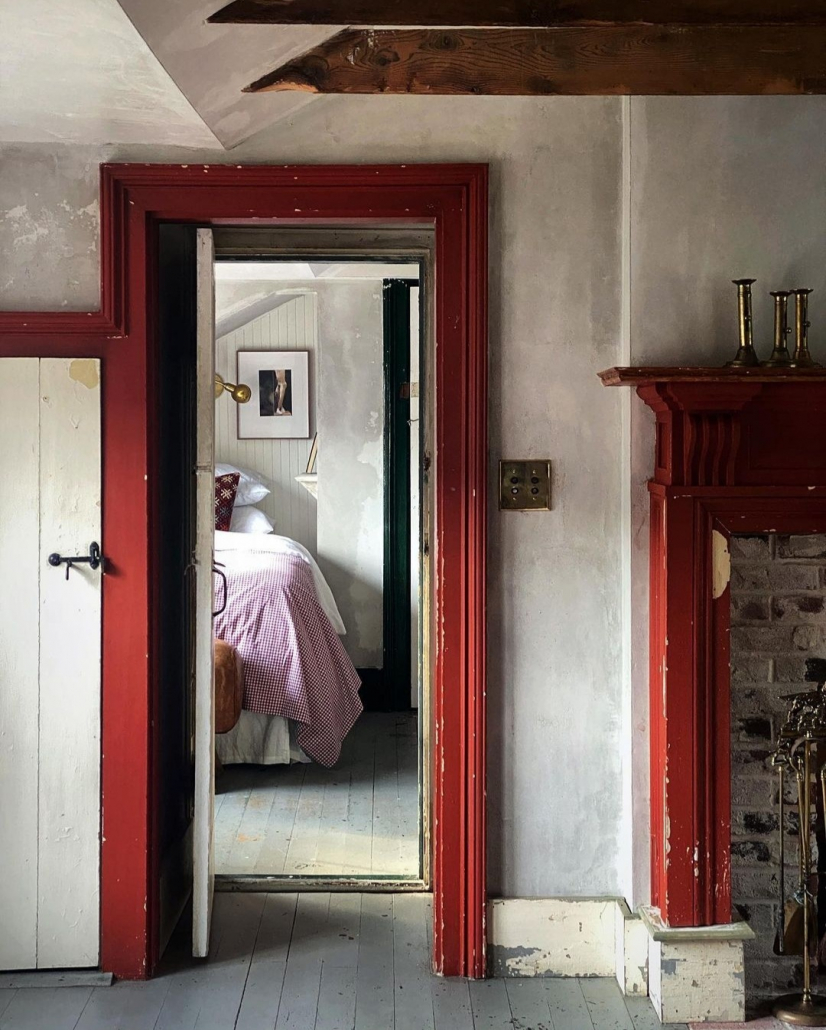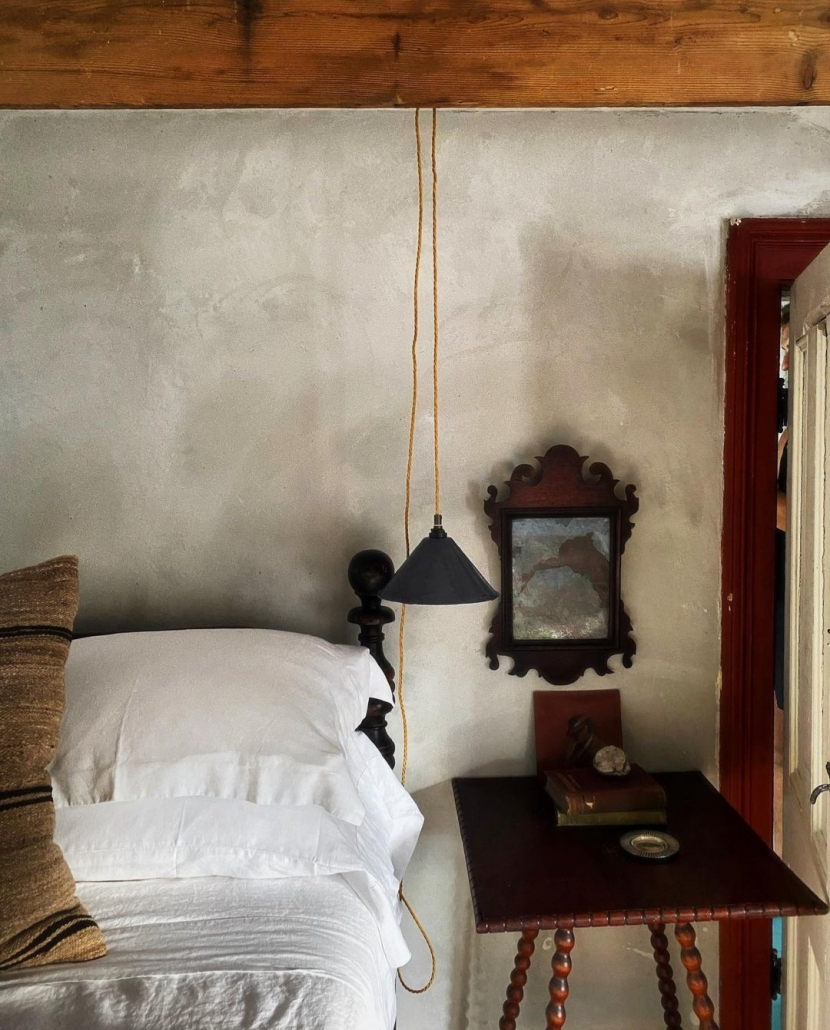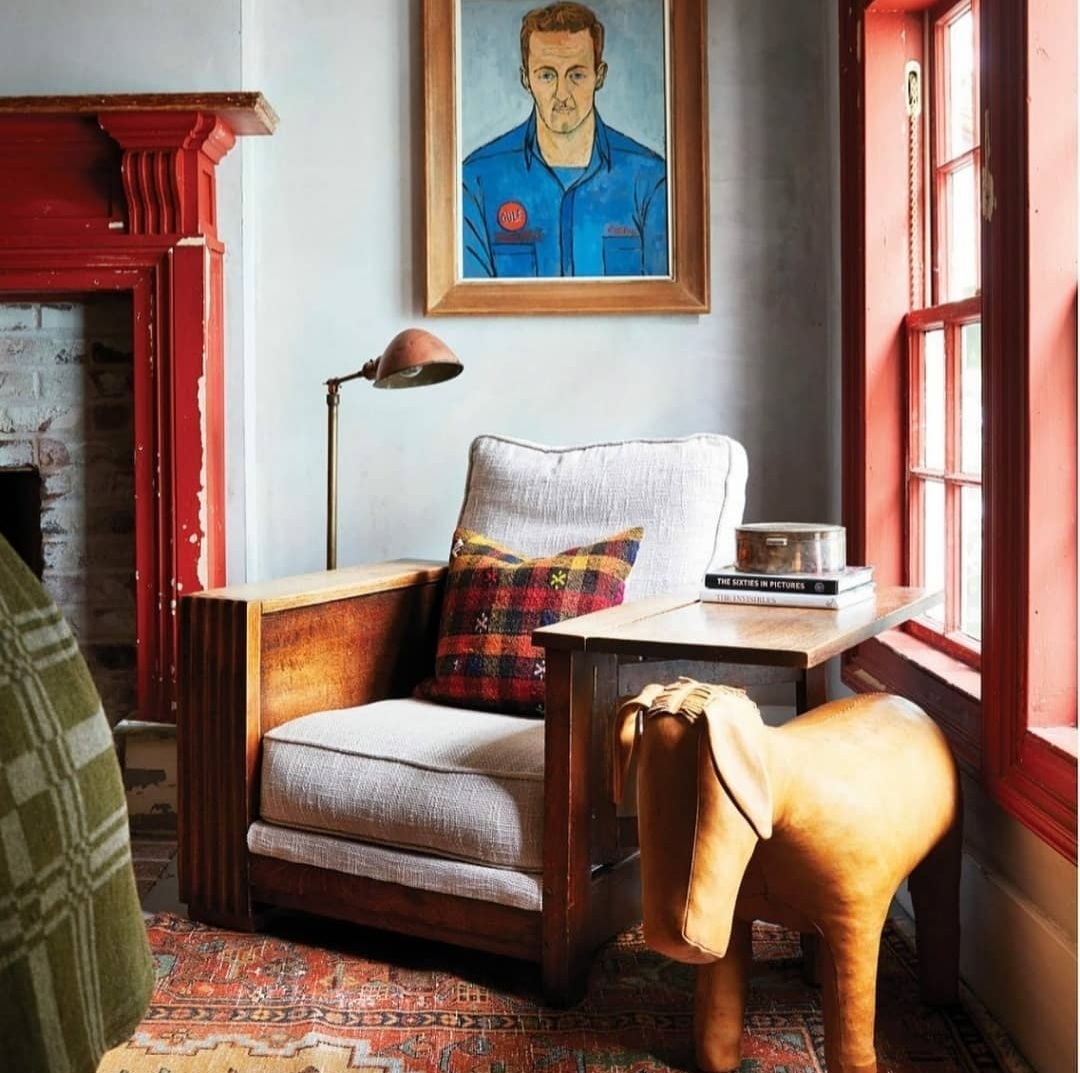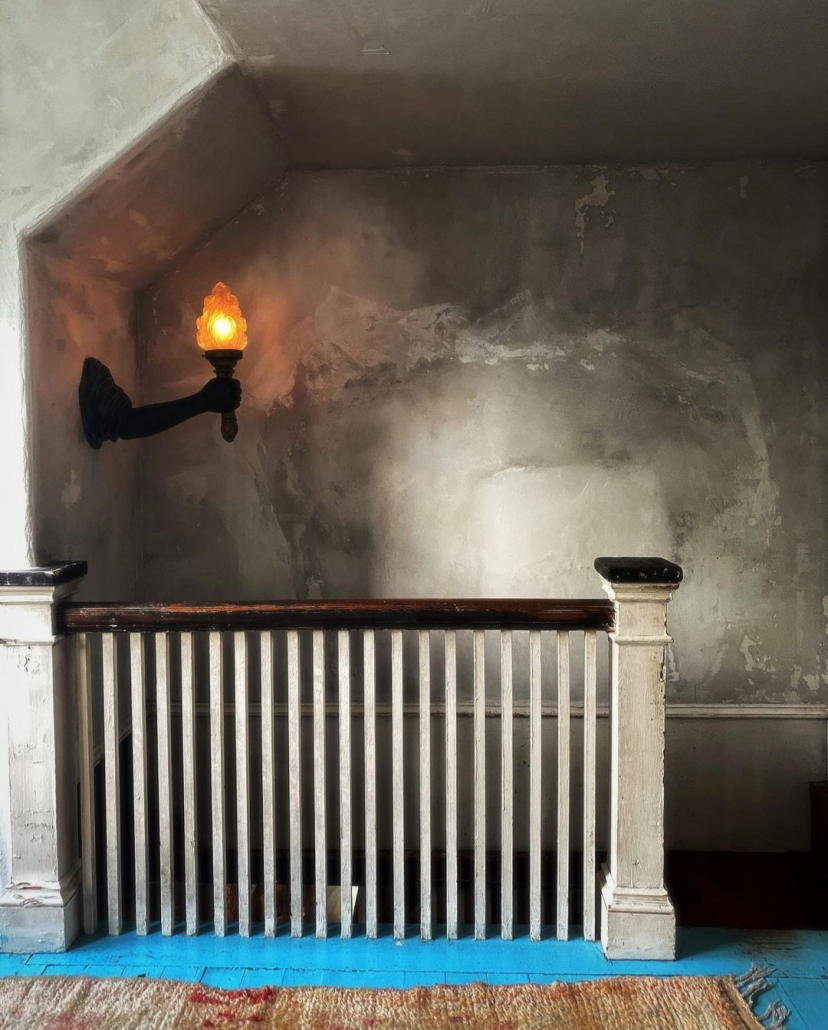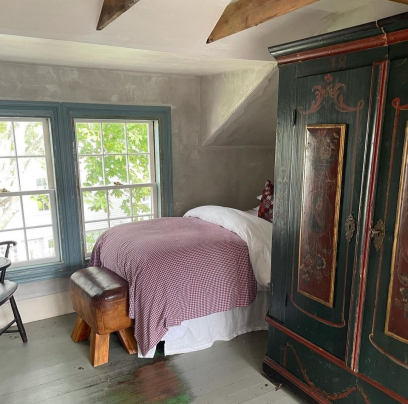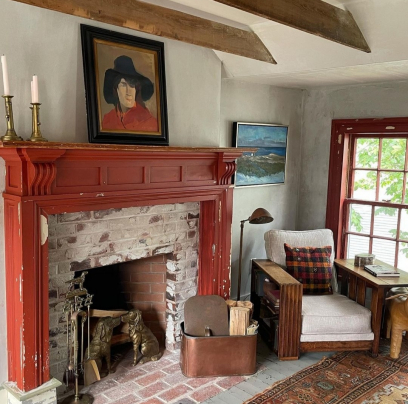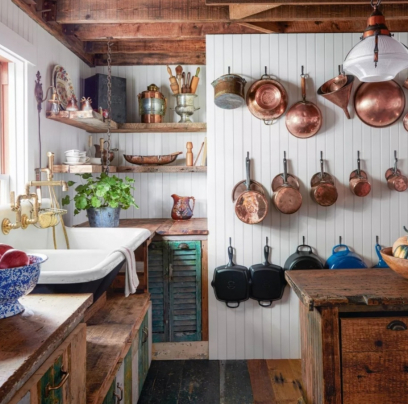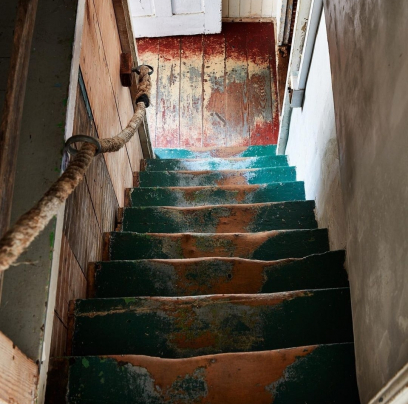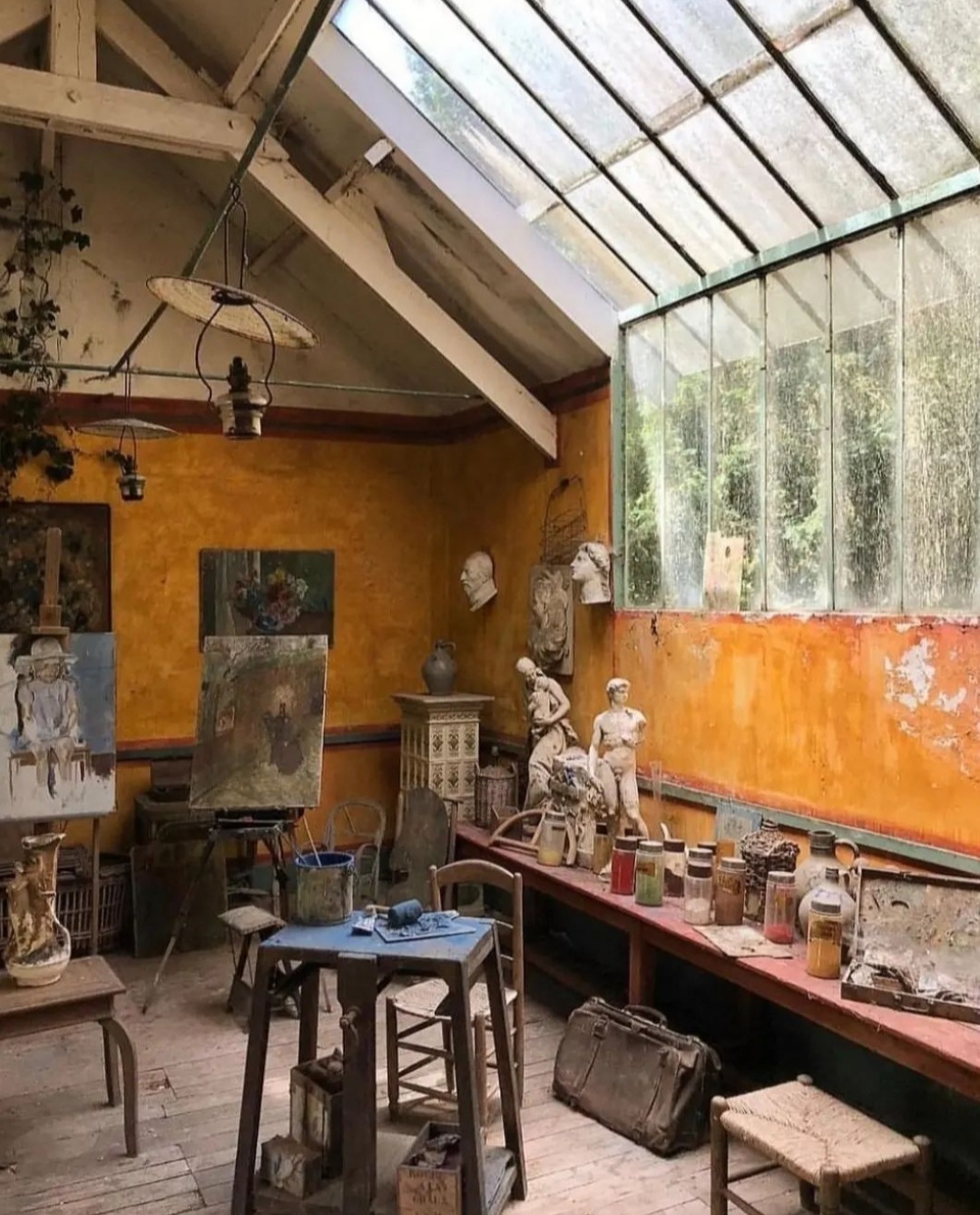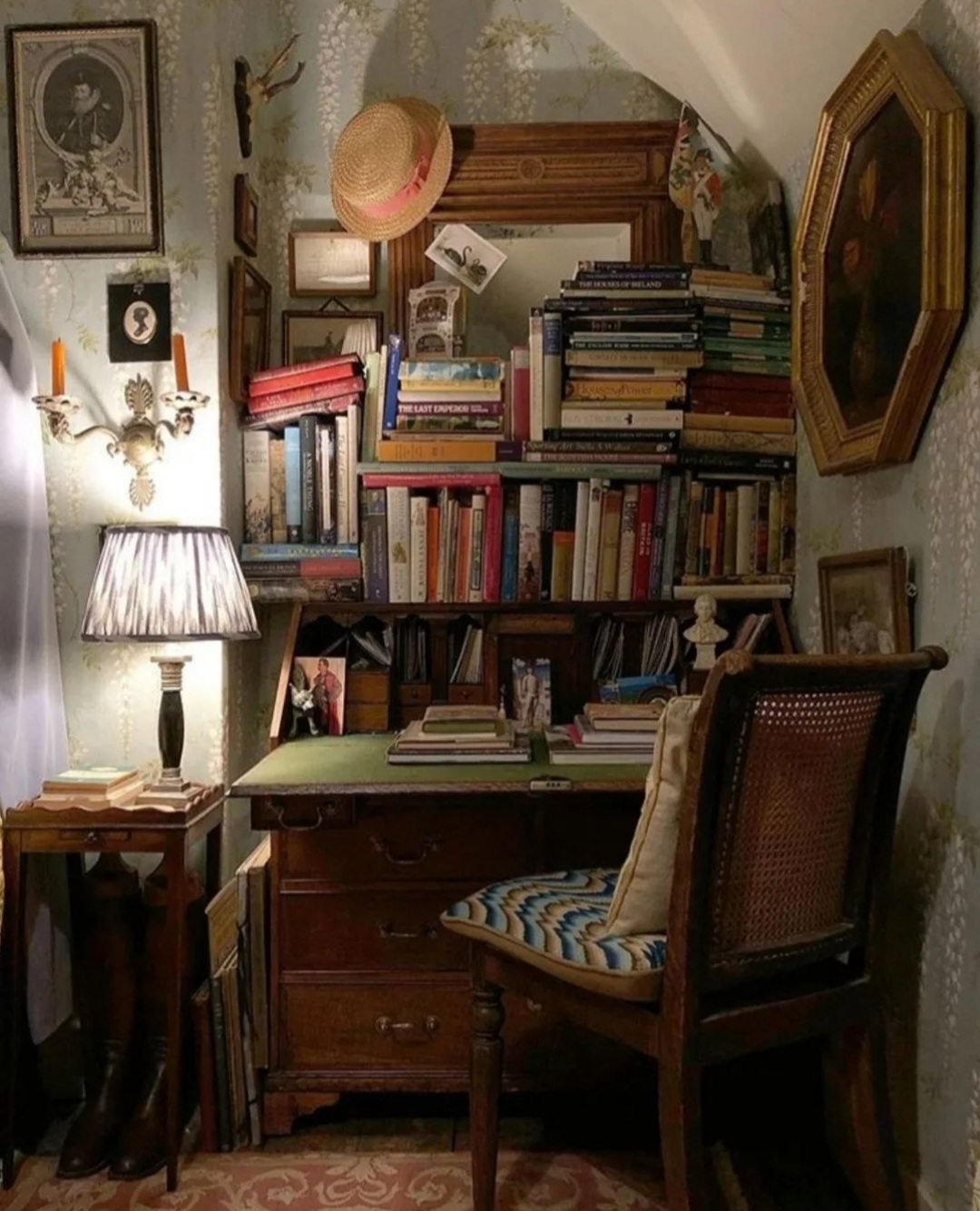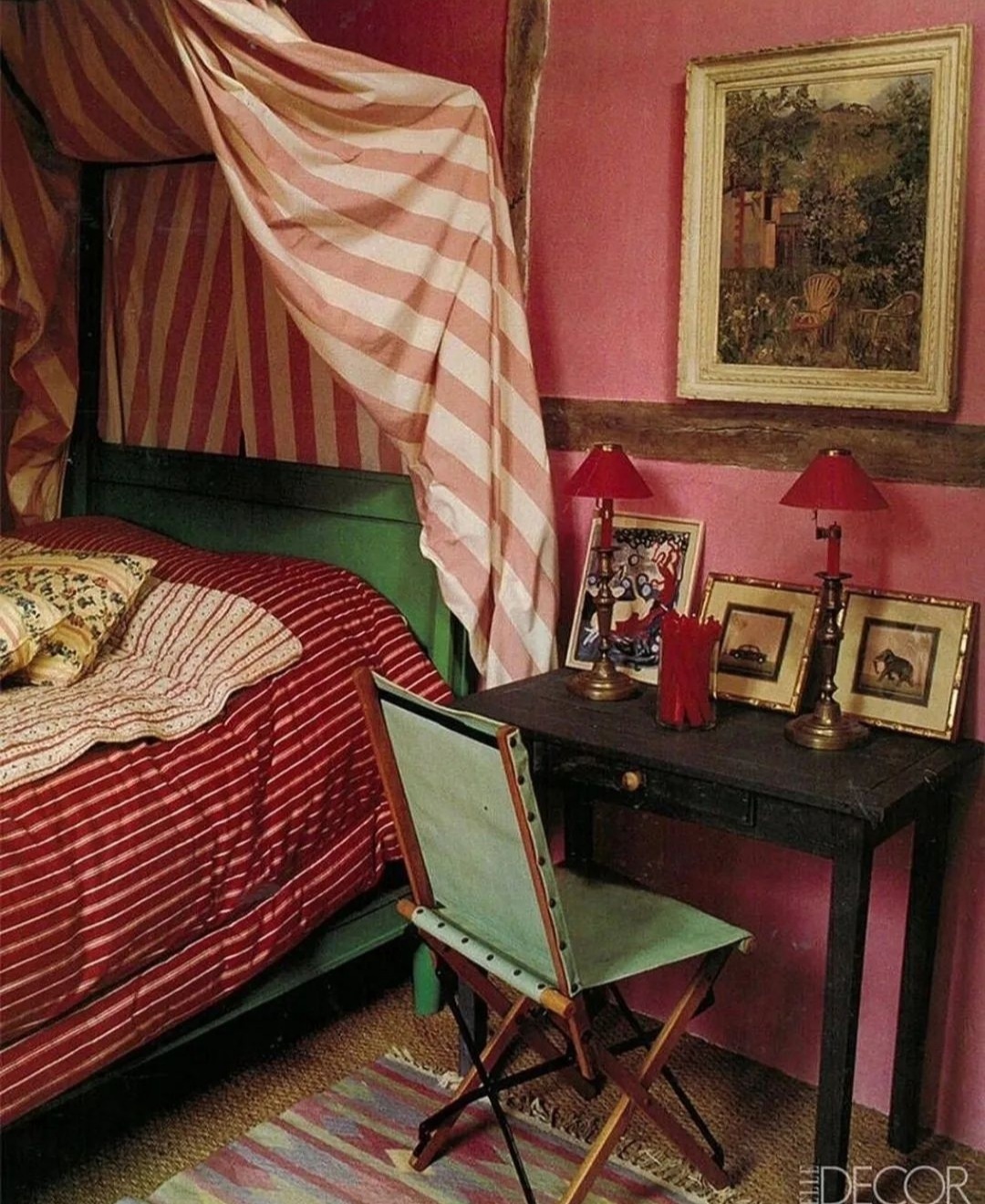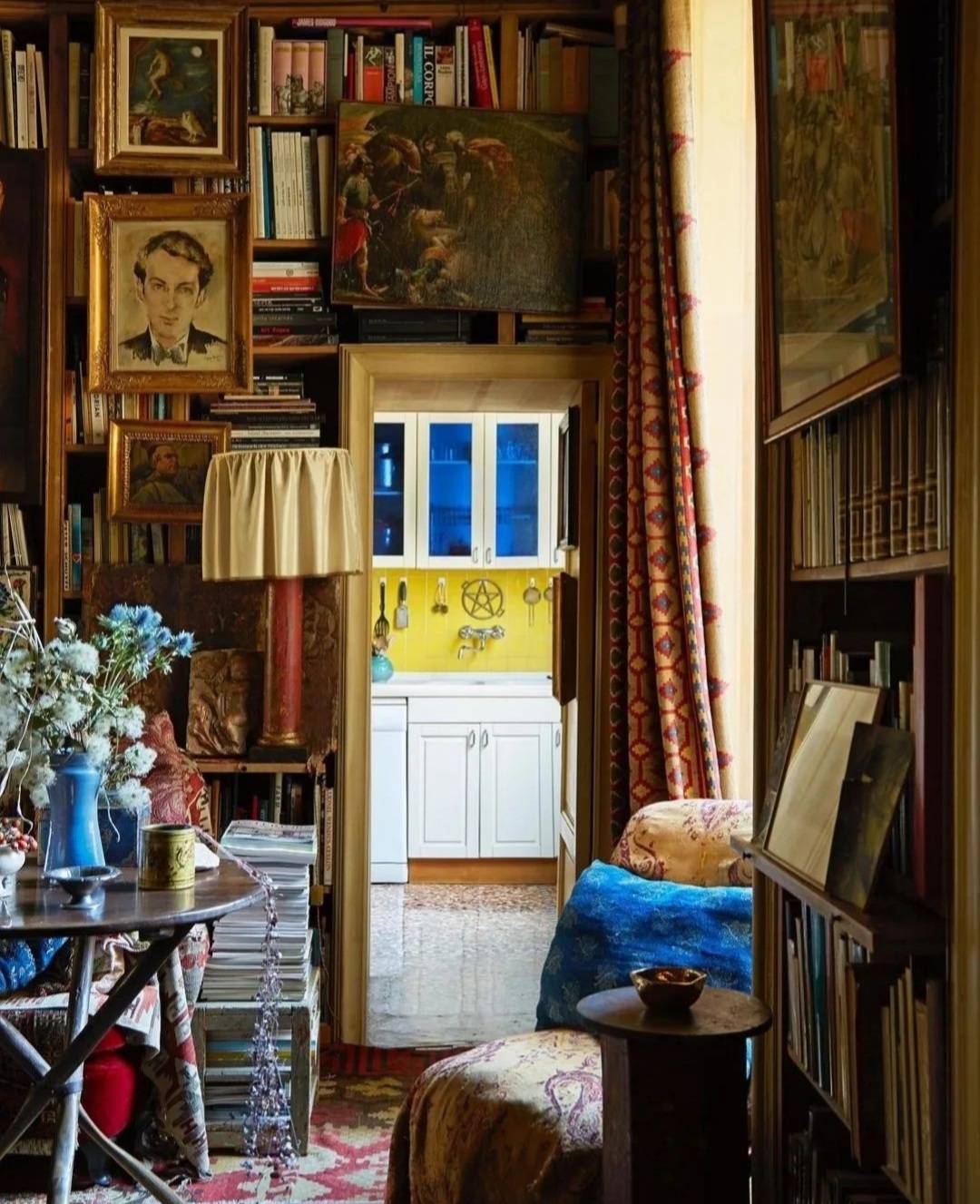Artblog Curioser
THE HOUSE OF MARY HEATON VORSE – PROVINCETOWN
Provincetown, Massachusetts, is a town on the edge of Cape Cod, known for its beauty, its light, and for being the oldest art colony in the country.
In the early 20th century, artists who wanted to get out of New York chose Provincetown as their destination. Once there, writers such as John Reed and Louise Bryant, playwright Eugene O’Neill and a diverse group of liberals of Greenwich Village converged on the home of the great lady of the avant-garde, Mary Heaton Vorse, 1874-1966, writer, war correspondent and labour journalist.
Photo Douglas Friedman
A XVIII century house
Mary Heaton Vorse’s 18th century Provincetown home has been given new life by the magnificent interior designer Ken Fulk. The designer and her husband, Kurt Wootton, had viewed the ramshackle building from their home across the street for many years and knew its extraordinary history, so he found restoring its dilapidated state an irresistible challenge.
The altruistically minded designer bought the house, meticulously restored it and opened it as an arts centre with the aim of revitalising the area’s artistic legacy.
“I grew up loving historic homes and the patina of time, understanding that true imperfections have a place.” Ken Fulk
Photo Douglas Friedman
Photo Ken Fulk
Eclecticism
The house is furnished with an antique eclecticism reminiscent of its past, the doors and floors show as much of the original patina as possible.
Each room is restored to its original size, and many historic elements remain, such as Vorse’s bedroom.
Photo Douglas Friedman
The furniture is a mix of “happy accidents” fused with the spirit of the house. “It feels like a collection that has evolved over time,” says Kulk.
“The interiors tell the story of the house and the people who lived in it. For me it’s much more interesting and important to protect that.” Ken Fulk Photo Ken Fulk
One hundred years later, the Vorse house is once again open to artists and is now the Provincetown Arts Society.
“Having a house with all this patina is a really lovely way to live,” says Fulk. “If it looks dilapidated, it’s because it came that way.” Full
Photo The Groggy Anchor
The Groggy Anchor
Photo Stephen Kent Johnson
Photo New York Times
The interiors tell the story of the house and the people who lived in it.
This post is also available in: Spanish
